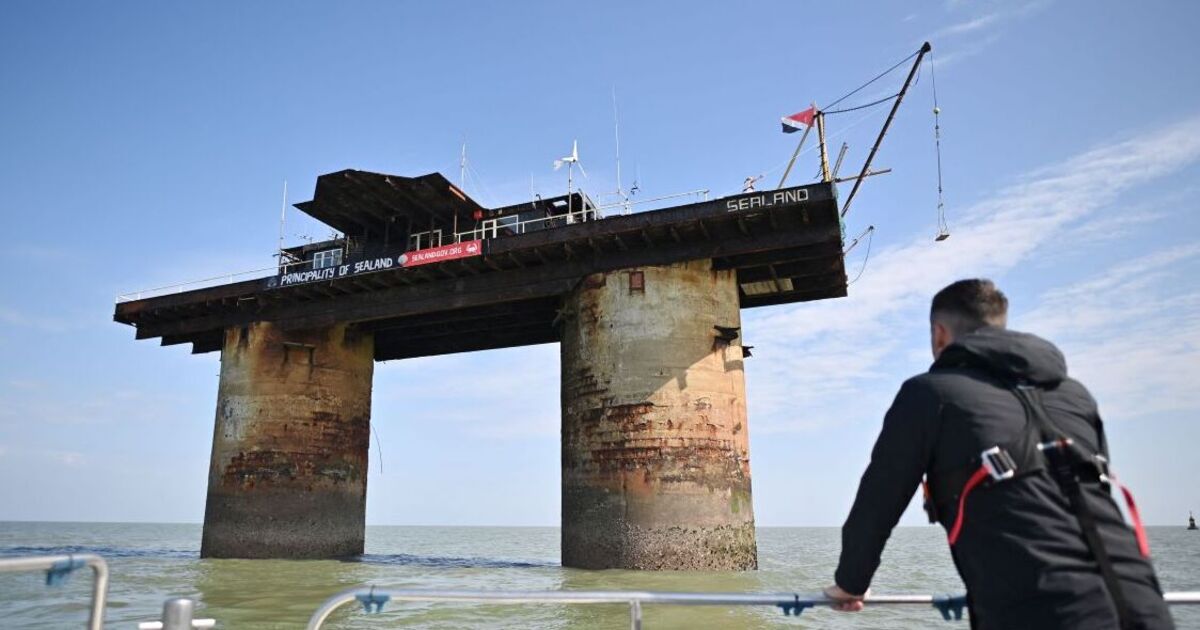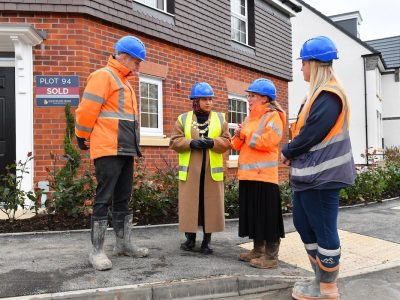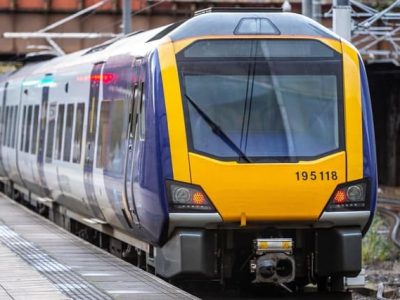The Principality of Sealand is a metal and concrete platform in the North Sea that has been an independent micronation in defiance of the UK government for decades.
Chief Engineer and Head of Homeland Security, Michael Barington, provides stamps to the passports of those who visit the principality.
Sealand is located just seven miles off the coast of southeast England.
During the Covid-19 pandemic, visitors had to show a negative Covid test before being winched up onto the deck, in the same way as many countries required.
The structure was first built during World War 2 by the British Government who built several fortress islands in the North Sea to defend its coasts from German attackers.
After the war, these forts were left abandoned – one of them being the now-famous Roughs Tower.
In the early 1960s, Roy Bates, a Major in the British Army, established a radio station, situated offshore on an abandoned ex naval fort named “Knock John”.
But the government ruled that this fort fell under UK jurisdiction so Roy turned to Roughs Tower, which did not.
He decided to occupy Roughs Tower on Christmas eve 1966, with the intention of reviving his radio station.
However, after consulting his lawyers, Roy decided to declare this fortress island the independent state of “Sealand”.
On September 2, 1967, it was officially declared a micronation.
Since then, Sealand has been through many tests with disputes over its ownership.
Today, the micronation has expanded itself and has become an environmentally friendly state.
In summer, it hosts an open water charity swim event from Sealand to the UK, which grows in popularity each year.
The micronation also has a mountaineering team that has so far taken Sealand’s flag to the summit of four of the seven highest peaks in the world, including Mount Everest.










